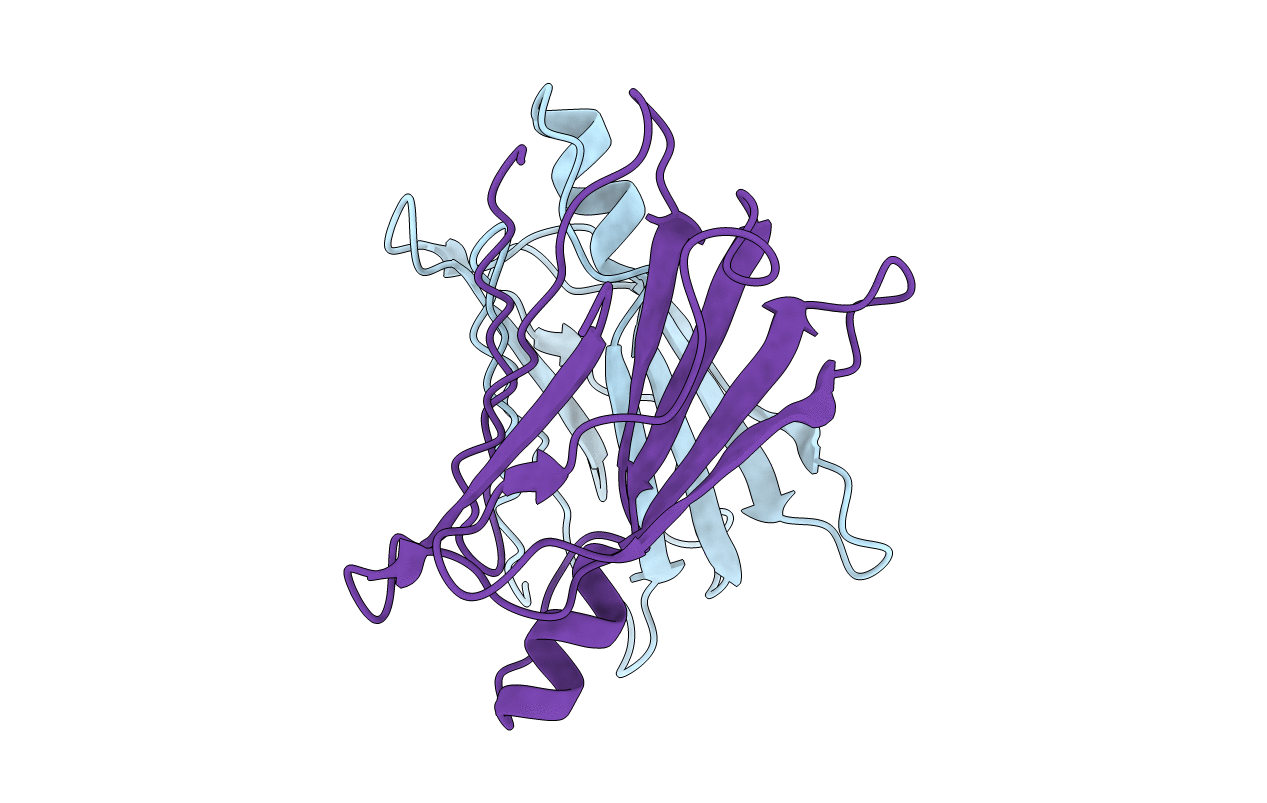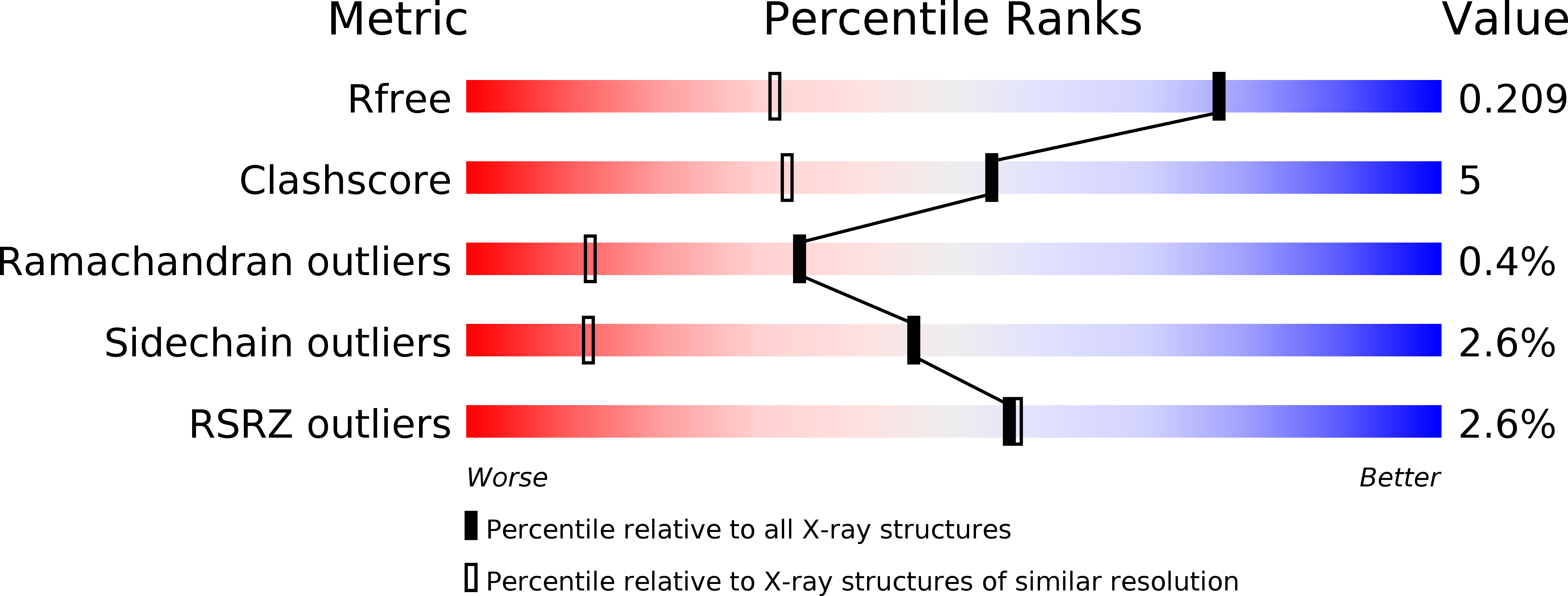
Deposition Date
2015-11-17
Release Date
2016-11-30
Last Version Date
2024-05-08
Method Details:
Experimental Method:
Resolution:
1.45 Å
R-Value Free:
0.21
R-Value Work:
0.18
R-Value Observed:
0.18
Space Group:
P 21 21 2


